Topics
- active learning (18)
- research assignments (6)
- libraries (1)
- literature-based learning (2)
- multimedia (5)
- museums (6)
- object learning (7)
- online learning (5)
- peer instruction (10)
- storytelling (2)
- learning management system (2)
- syllabus design (3)
- teaching empathy (3)
- teaching fellows (1)
- lecture (3)
- learning goals (8)
- assessment (6)
- data (3)
- backward design (3)
- blended approaches (12)
- case-based learning (8)
- classroom contracts (7)
- classrooms and space (3)
- collaborative learning (27)
- community events (1)
- course transformation (7)
- devices (3)
- learning by making (5)
- discussion (24)
- engaged scholarship (4)
- experiential learning (16)
- feedback (18)
- group work (8)
- guest speakers (7)
- interdisciplinary (6)
- leadership (3)
Send feedback
Subscribe
Copyright © 2024 The President and Fellows of Harvard College | Privacy | Accessibility | Digital Accessibility | Report Copyright Infringement

 Robert Reid-Pharr, Professor of Studies of Women, Gender, and Sexuality and of African American Studies strives to create a “rigorous but not frightening” classroom experience for the course ...
Robert Reid-Pharr, Professor of Studies of Women, Gender, and Sexuality and of African American Studies strives to create a “rigorous but not frightening” classroom experience for the course ...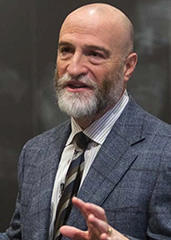 In his general education courses, Jay Harris, Harry Austryn Wolfson Professor of Jewish Studies, posts two different videos prior to class for students to view: pre-reading videos contextualize and provide guidance for the week’s readings, and lecture videos replace Harris’s in-class...
In his general education courses, Jay Harris, Harry Austryn Wolfson Professor of Jewish Studies, posts two different videos prior to class for students to view: pre-reading videos contextualize and provide guidance for the week’s readings, and lecture videos replace Harris’s in-class...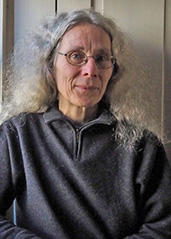 Virginie Greene, Professor of Romance Languages and Literature, transfers the theme of her Freshman Seminar course,
Virginie Greene, Professor of Romance Languages and Literature, transfers the theme of her Freshman Seminar course, 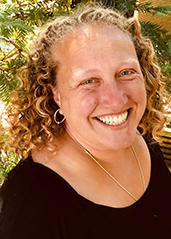 Gretchen Brion-Meisels, Lecturer on Education, focuses on ensuring that holistic support is apparent and felt deeply in her classroom. From listing mental health resources on all her syllabi to convening opening circles to build relationships at the start of class, Brion-Meisels incorporates ways of “checking in.” In her course Establishing Loving Spaces for Learning, students are asked to keep reflective journals and share them with a peer to engage in a conversation around their experiences. “Fundamentally, my biggest goal is to normalize the idea that everyone needs support. We’re all works-in-progress, learning and growing, but also with a lot to contribute to each other’s growth.”
Gretchen Brion-Meisels, Lecturer on Education, focuses on ensuring that holistic support is apparent and felt deeply in her classroom. From listing mental health resources on all her syllabi to convening opening circles to build relationships at the start of class, Brion-Meisels incorporates ways of “checking in.” In her course Establishing Loving Spaces for Learning, students are asked to keep reflective journals and share them with a peer to engage in a conversation around their experiences. “Fundamentally, my biggest goal is to normalize the idea that everyone needs support. We’re all works-in-progress, learning and growing, but also with a lot to contribute to each other’s growth.”
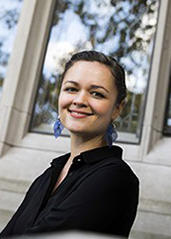 When enrollment for seminar
When enrollment for seminar 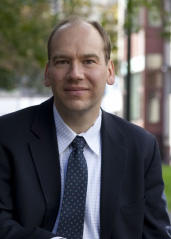 Three years ago, Scot T. Martin, Gordon McKay Professor of Environmental Science and Engineering and Professor of Earth and Planetary Sciences, decided to “start from scratch” with his approach to teaching thermodynamics. In his course
Three years ago, Scot T. Martin, Gordon McKay Professor of Environmental Science and Engineering and Professor of Earth and Planetary Sciences, decided to “start from scratch” with his approach to teaching thermodynamics. In his course 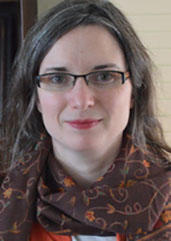 Elizabeth Papp Kamali, Assistant Professor of Law, wants to ensure that students contribute consistently throughout the semester: "A student can get into a rut if they don't participate in those first few classes, and it can be very difficult to break that cycle." She uses different models to encourage participation—for example, the Socratic method in larger introductory courses and student-led discussion in smaller seminars—often asking students to adopt non-mainstream arguments.
Elizabeth Papp Kamali, Assistant Professor of Law, wants to ensure that students contribute consistently throughout the semester: "A student can get into a rut if they don't participate in those first few classes, and it can be very difficult to break that cycle." She uses different models to encourage participation—for example, the Socratic method in larger introductory courses and student-led discussion in smaller seminars—often asking students to adopt non-mainstream arguments.